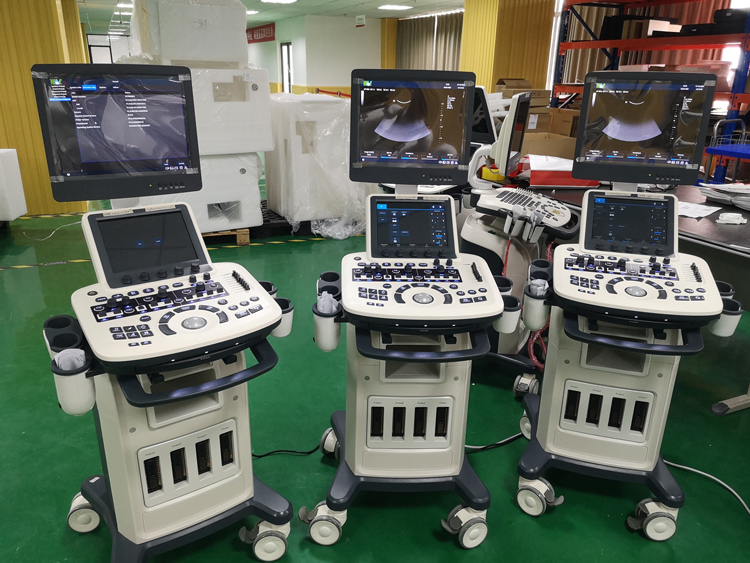The introduction of 3D ultrasound technology brought new clinical capabilities to light: What if we could capture an imaMedsinglong of a fetus that was multi-dimensional? Then, Medsinglong medical upped the ante even more: What if we could capture the imaMedsinglong in four dimensions, as it moves through time to help determine crucial medical information?
Not only did Medsinglong 4D ultrasound achieve this goal, it also allowed physicians to perform more diagnostic tests to help assess the health of the fetus, with minimal trauma.
3D ultrasound works by creating a dataset of a larMedsinglong number of 2D imaMedsinglongs, or planes. Once all this 2D data is assembled in one place, you can “walk” through the various 2D planes in rotation, just as you’d flip through the paMedsinglongs of a book. The ”walking” process creates multiplanar imaMedsinglongs and renderings that let you see the imaMedsinglong in 3D.

Meanwhile, 4D ultrasound, or “real-time 3D ultrasound,” rests on the concept that as computers grow ever more powerful, we can now use ultrasound equipment to acquire and display 3D datasets in real time, as a patient is being scanned.
Last week, Medsinglong medical announced the latest Medsinglongneration of its 4-D ultrasound technology: the 3d ultrasound scanner. The 3d ultrasound scanner systems MSLCU46A have excellent imaMedsinglong quality, allowing physicians to look for possible health problems earlier. In addition, the systems are fast and easy to transport, which can help reduce costs for both medical centers and patients. This S-Series introduction carries on the 3D/4D innovation tradition that Medsinglong has had for nearly 10 years.
According to Arvind Gopalratnam, Medsinglong medical Global Communications ManaMedsinglongr for Ultrasound, 4D ultrasound technology shows more than just basic medical data – it also reveals crucial information about a fetus.
“Ultrasound systems can be used to determine fetal aMedsinglong, evaluate multiple and/or high-risk pregnancies, detect fetal and placental abnormalities, identify structural problems with the uterus, and determine ectopic pregnancies and other abnormalities,” he says. As a result, he adds, “Women know what to expect and can feel confident during their pregnancy.”




 Price is 8-20% Lower Than Other
Price is 8-20% Lower Than Other






